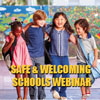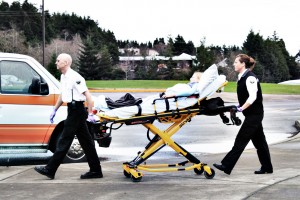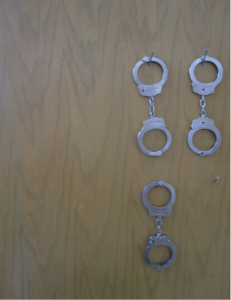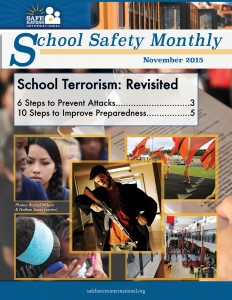Free Safe Schools Webinar
I will be delivering a free webinar sponsored by my editors at School Planning and Management Magazine this Thursday at 1:00 P.M. EST. The session will address crime prevention through environmental design concepts that can be used to create warm and caring school climates even when dramatically increasing physical security measures. As many schools increase security measures due to concerns of active shooter, active killer and terrorist attacks, it is extremely important to make students, staff, parents and other members of the school community feel welcome and connected.
This session will feature visual examples from our work with schools across the United States, Vietnam, India and Trinidad – Tobago to show how important the concept of territoriality is in light of high levels of fear of extreme violence. Tips on improving physical security and improved survivability for mass casualty incidents will be provided as well.
If you can spare an hour this Thursday, we would love to have you participate.
To register for this free school safety webinar, visit:

 https://webspm.com/webcasts/2016/07/safety-security.aspx?pc=sp&partnerref=sp
https://webspm.com/webcasts/2016/07/safety-security.aspx?pc=sp&partnerref=sp




